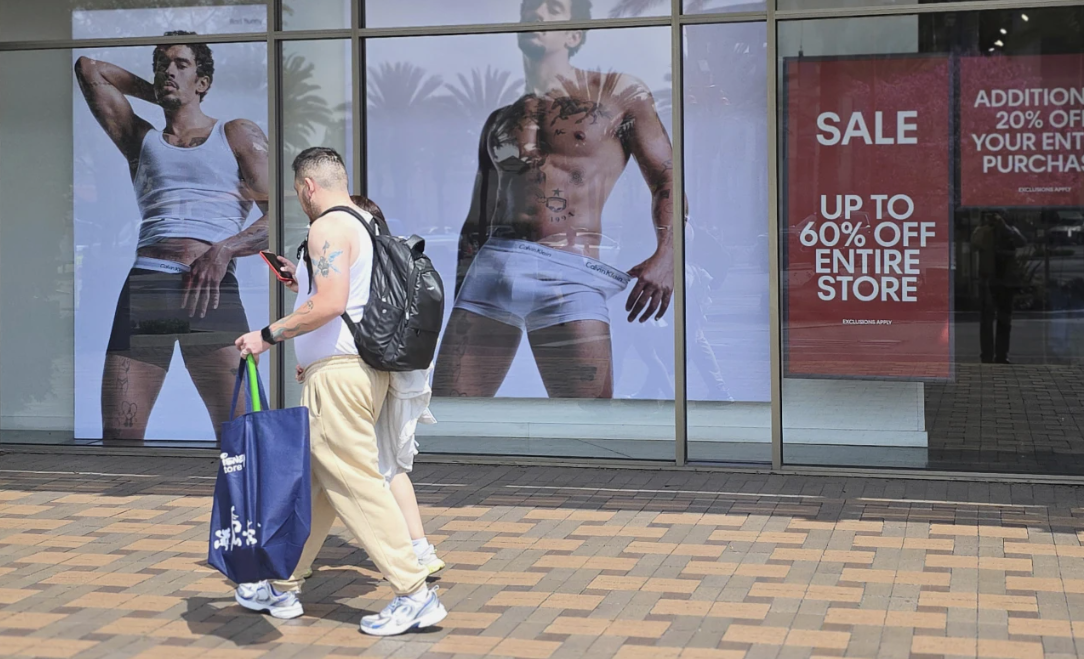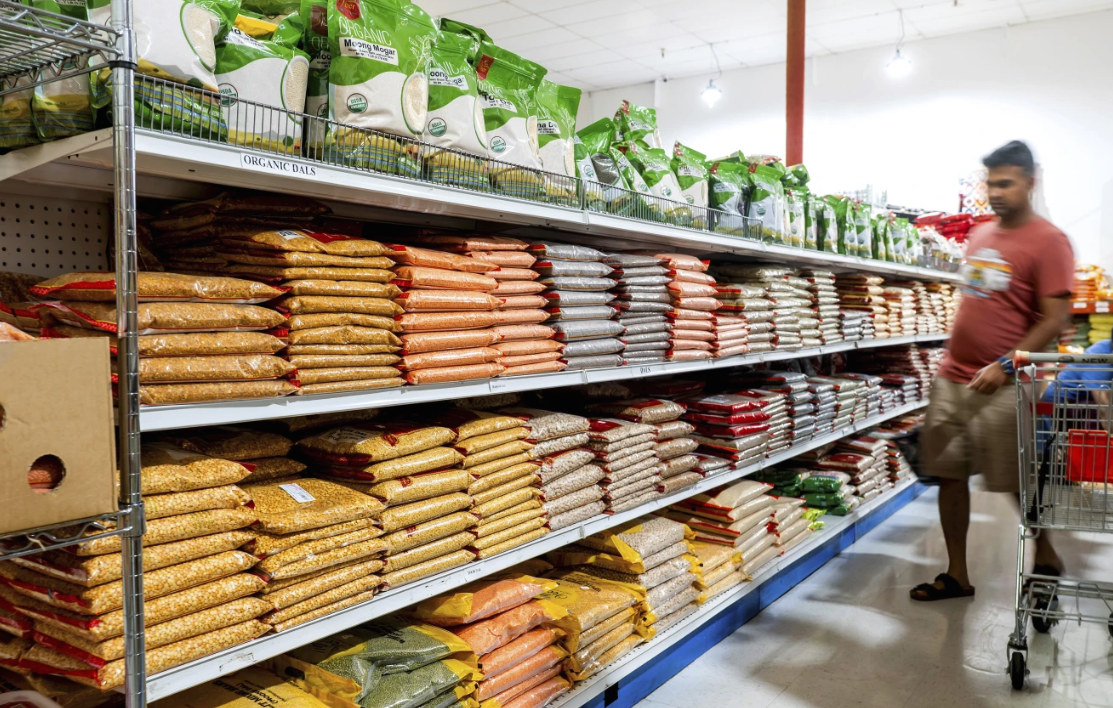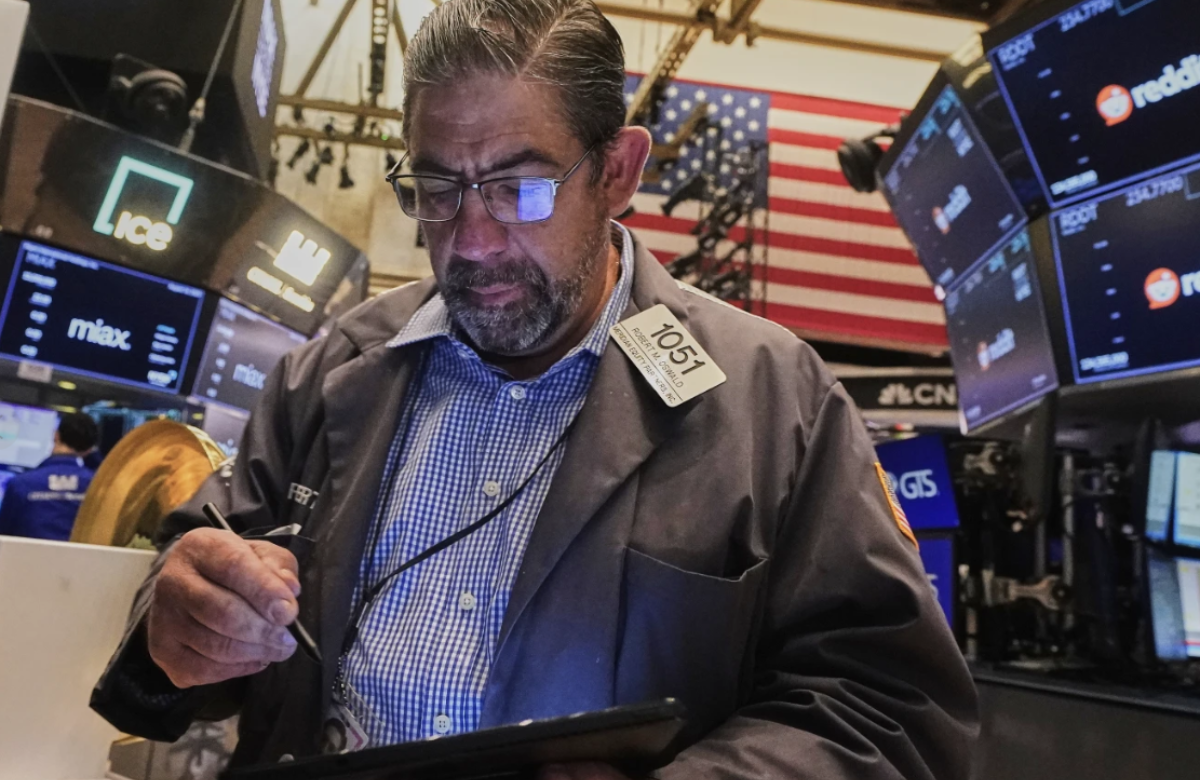U.S. inflation rose slightly last month as higher costs for groceries and some imported goods were balanced by declines in gas prices, travel services, and rents. According to a Labor Department report released Wednesday, consumer prices increased 2.4% in May compared to a year earlier, up from 2.3% in April. Core inflation, which excludes food and energy prices and is closely watched by economists, rose 2.8% for the third consecutive month.
Prices for groceries, toys, and large appliances went up, possibly reflecting the impact of tariffs introduced by President Donald Trump. However, prices for new and used cars, clothing, airfare, and hotel rooms fell from April to May. On a month-to-month basis, overall prices increased just 0.1%, down from 0.2% in April, while core inflation also slowed to 0.1%.
The data indicates that Trump’s tariffs have not yet significantly increased overall prices, suggesting companies may be absorbing the higher costs for now. Many economists expect these import taxes to modestly raise inflation in the latter half of the year. Major companies like Walmart, Lululemon, and J.M. Smucker have announced upcoming price increases to offset tariff impacts.
Sarah House, an economist at Wells Fargo, said the report shows inflation pressures easing in some areas but warned that tariffs will likely continue to affect prices. Core inflation remains stubbornly above the Federal Reserve’s 2% target, reducing the likelihood of interest rate cuts by the central bank despite calls from Trump to lower borrowing costs.
Grocery prices rose 0.3% from April to May and are 2.2% higher over the past year, with increases in fruits, vegetables, breakfast cereals, and frozen foods. Egg prices fell by 2.7% but remain over 40% higher than a year ago. Gas prices dropped 2.6% last month.
Consumers like Marilyn Kirschner and Peter Manning in New York City have noticed sticker shock at grocery stores, with some everyday items becoming surprisingly expensive. Manning noted shopping in the suburbs for more affordable options, describing the economy as a “slow-motion train wreck.”
The Labor Department recently announced it will reduce the amount of data collected for inflation reports, raising concerns about potentially more volatile future reports.
Despite the current data, economists widely expect tariffs to increase prices for many products this year, including cars and groceries. Trump recently announced raising tariffs on Chinese imports to 55%, up from 30%, along with 10% tariffs on goods from other countries and 50% tariffs on steel and aluminum.
Several factors delay the full impact of tariffs on consumers. Many companies rushed to import goods before tariffs took effect, creating large inventories that delay price hikes. Additionally, some delayed raising prices during the uncertainty of April and May, when new tariffs were announced then briefly paused.
Kim Vaccarella, CEO of Bogg Bag, a handbag manufacturer that sources from China, resisted raising prices initially but plans modest increases starting in July. Despite the hikes, she says prices won’t fully cover the increased tariff costs.
Bryan Eshelman of consulting firm AlixPartners predicts consumers will begin feeling tariff-related price increases in July, with back-to-school items possibly rising 5% to 15%.
Food producers are starting to pass on tariff costs. J.M. Smucker, which raised coffee prices in May, plans another increase in August due to tariffs on green coffee imports from Brazil and Vietnam. Shares of the company dropped 17% following the announcement.
Since many imports are raw materials or parts for finished goods, the full cost impact will take time to ripple through supply chains. When it does, it will affect a broad range of products from groceries to automobiles.














